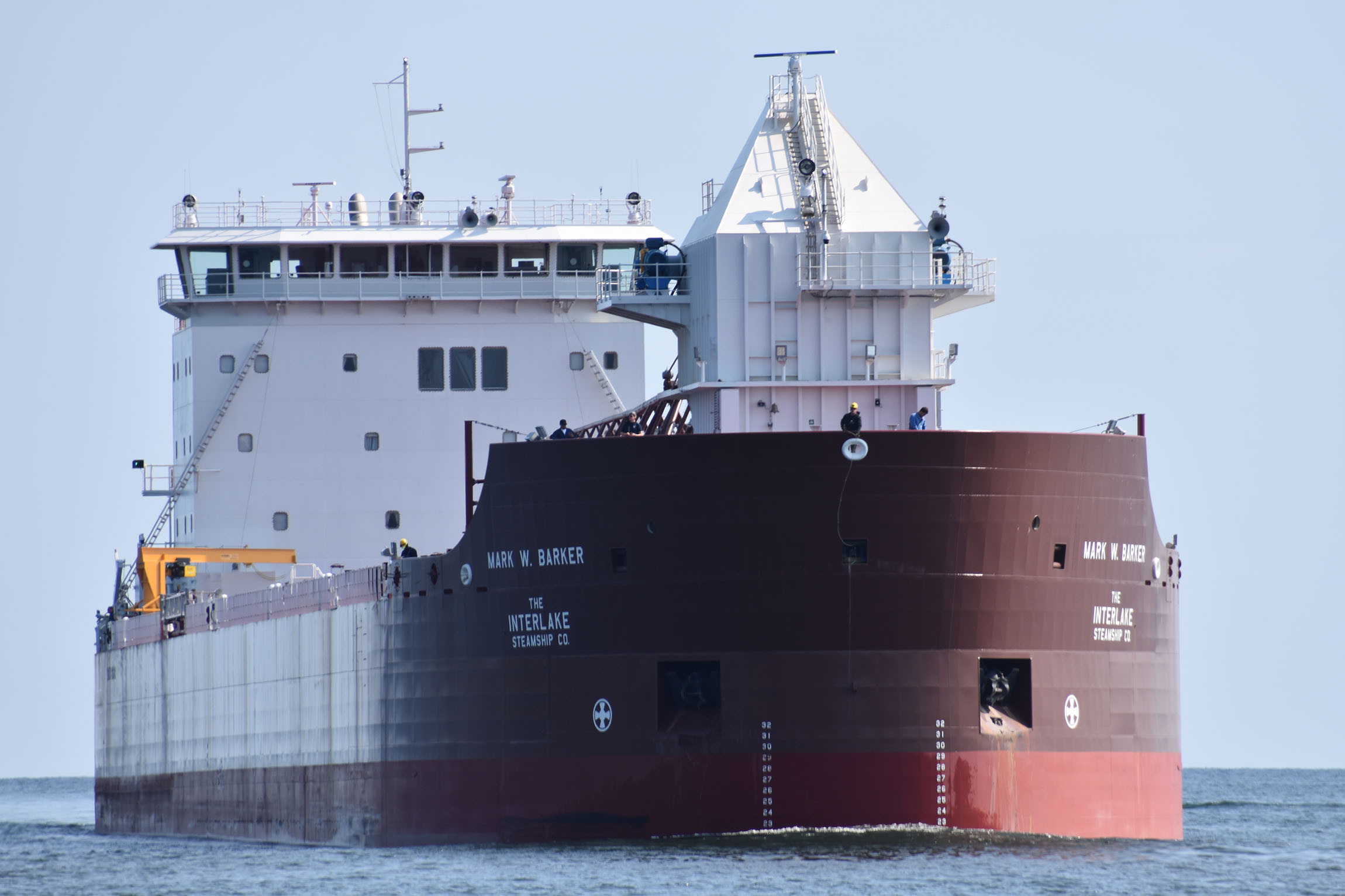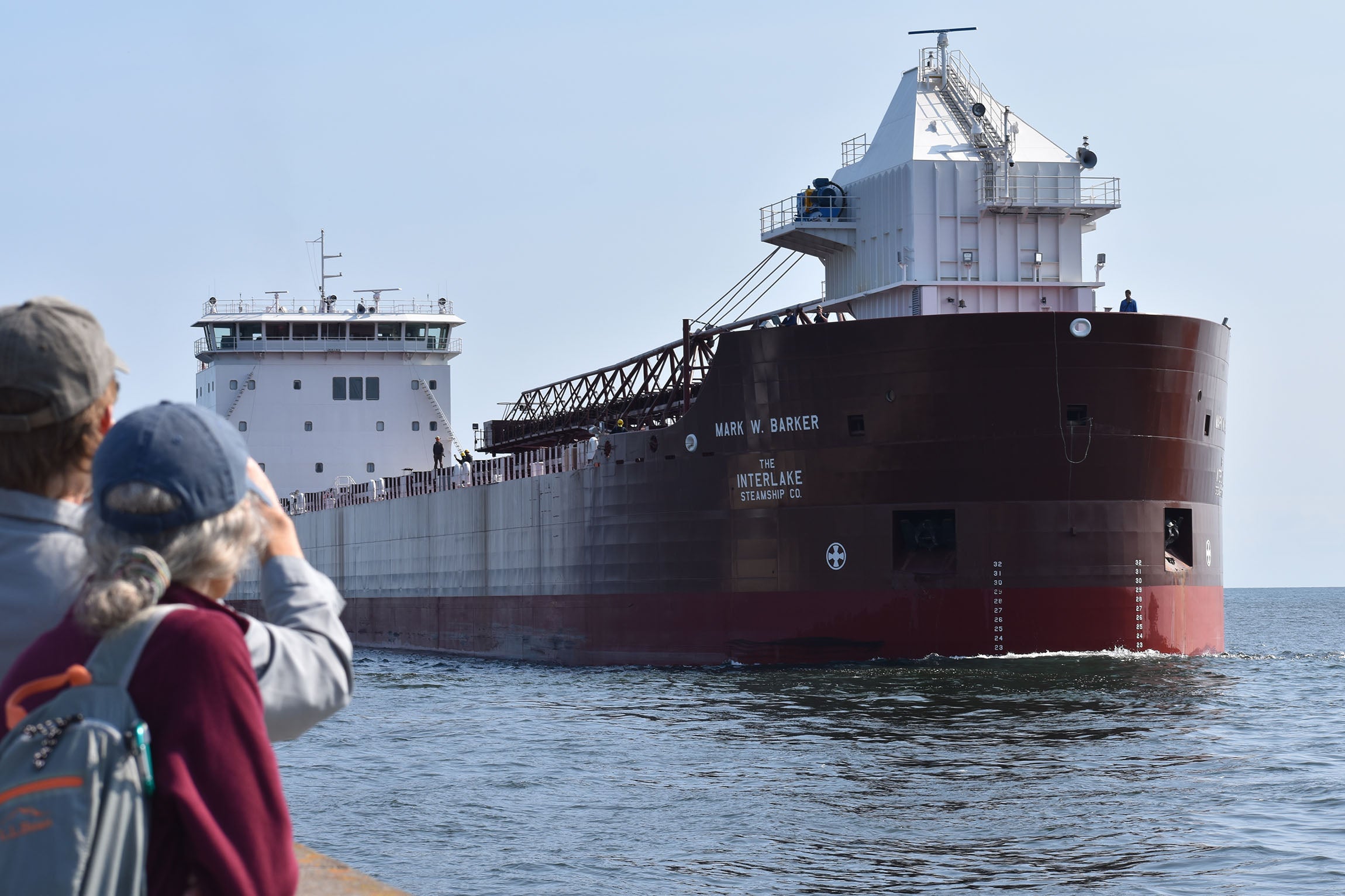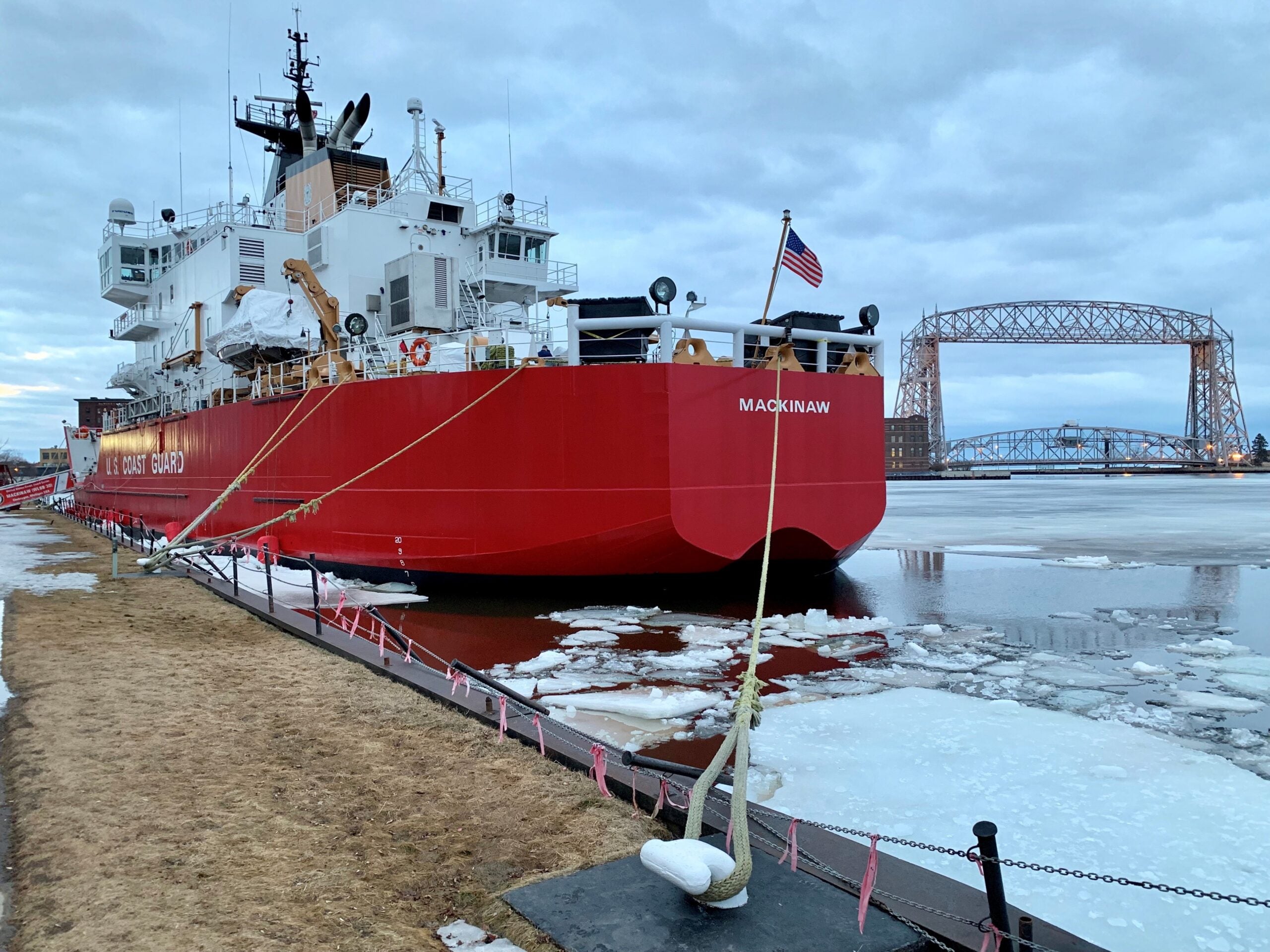More than 2 million metric tons of freight moved through the Port of Green Bay in 2015, up slightly over the previous year, according to the port’s director.
Delivering a report to stakeholders at a symposium Monday, Director Dean Haen said the increase was mostly due to a mild winter and extended season.
“We actually were able to run our 2015 season well into January, and then we started the 2016 season in March, which if you look at last year we didn’t start until the middle of April,” he said.
Stay informed on the latest news
Sign up for WPR’s email newsletter.
Haen said 2015 was the third-longest season in the port’s history.
Coal, cement and a dozen other commodities regularly come through Green Bay. It’s Wisconsin’s third-largest port behind Duluth-Superior and Milwaukee.
Despite the favorable conditions and heavy freight levels, however, less coal is being shipped overall through Green Bay and other Great Lakes ports than in previous years.
According to St. Lawrence Seaway Development Corporation administrator Betty Sutton, some of that decline in coal shipments can be replaced by a growing amount of cargo related to green energy: “Things like windmill turbines and blades moving on the system.”
Sutton said lake shipments will change along with the energy grid, “so it’s important that as we look at changing times, that we look for other ways to make sure that the port and the activity on the Great Lakes seaways system remain very relevant. That is something this port does very, very well.”
Sutton was in Green Bay to give the port a “pacesetter” award that goes to ports that increase international shipping.
Wisconsin Public Radio, © Copyright 2024, Board of Regents of the University of Wisconsin System and Wisconsin Educational Communications Board.




